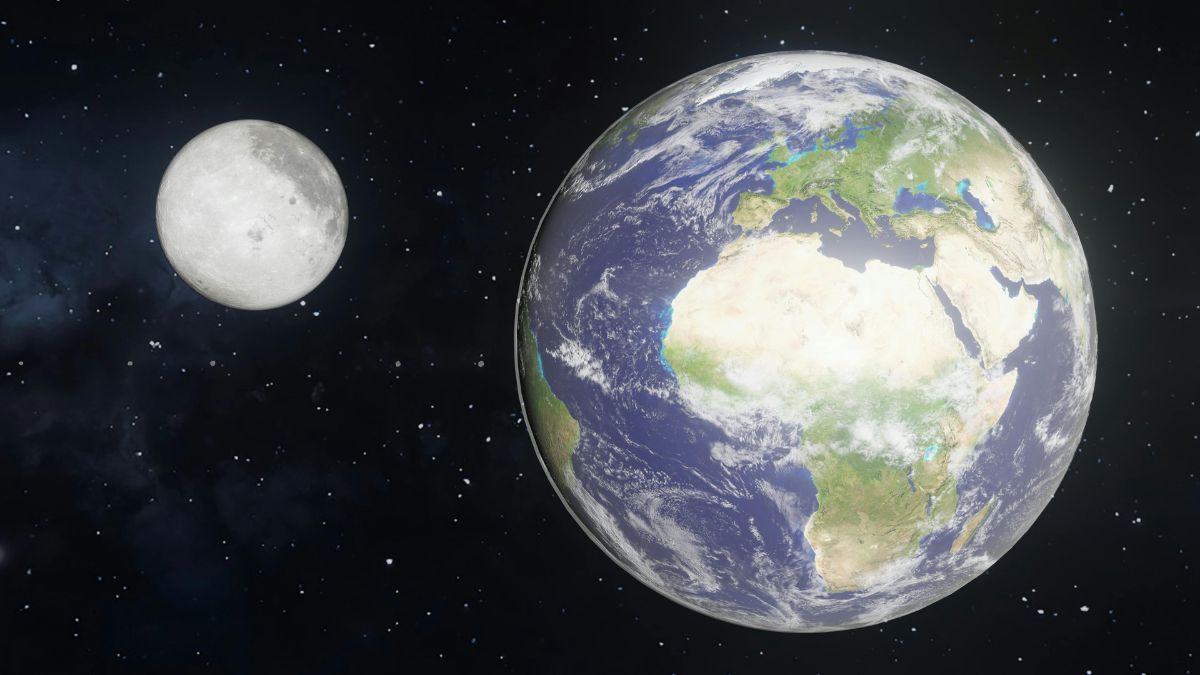Bengaluru: The global lockdowns during the Corornavirus pandemic in 2020 may have had impacts on the Moon and Indian researchers have reportedly found evidence of the same. A study published in Monthly Notices of the Royal Astronomical Society: Letters reveals that temperatures on the lunar surface showed an abnormal drop during the strictest lockdown period in April-May 2020, TOI reported.
Physical Research Laboratory (PRL) researchers K Durga Prasad and G Ambily studied nighttime surface temperatures at six different locations (two sites of Oceanus Procellarum, Mare Serenitatis, Mare Imbrium, Mare Tranquillitatis and Mare Crisium) on the near side of the Moon between 2017 and 2023.
Anil Bharadwaj, PRL director, told TOI, “…This is an important work by our group here. It’s quite unique.”
Did COVID-19 Lockdown On Earth Impact The Moon?
For their analysis, the researchers used data from NASA’s Lunar Reconnaissance Orbiter. They found that there was a consistent drop in the Moon’s temperature by 8 to 10 Kelvin during the lockdown months compared to the same period in other years.
“We actually analysed data for 12 years. But used seven years data (2017 to 2023) in our study for uniformity-three years before the lockdown year, 2020 and the three years thereafter,” Prasad told TOI.
The Reason
According to the researchers, the reason for this decline was a decrease in radiation emitted from Earth during the lockdown period.
The dramatic decline in human activity led to a significant drop in greenhouse gas and aerosol emissions, which resulted in a reduction in heat captured and re-emitted by the atmosphere of the Earth.
The researchers observed significant temperature fluctuations across different locations and years. At Site-2, the lowest overall temperature was 96.2 K in 2020. At Site-2, on the other hand, the highest of the lowest temperatures was 143.8 K in 2022. Overall, 2020 was the year when temperatures were the lowest in most regions, with a clear warming trend in 2021 and 2022 after the resumption of human activity on Earth.
‘Human Activity on Earth Can Affect Our Nearest Celestial Neighbour’
“Moon acts as an amplifier of Earth’s radiation signature. This unique global event provided us with a rare opportunity to observe how changes in human activity on Earth can affect our nearest celestial neighbour,” Prasad said.
“As an anomalous decrease in lunar night-time surface temperatures during the Covid lockdown period is observed, the effect of other possible factors such as solar activity and seasonal flux variation have also been investigated. Results show that none of these factors have any influence on the observed signature, thus supporting our findings to be only due to Covid lockdown,” the paper reads.
Although the research shows an interesting correlation, the authors acknowledge that more data is needed to fully establish the link between radiation changes on Earth and lunar surface temperatures. They suggest that future observatories on the Moon could help in studying climate and environmental changes on Earth.
ALSO READ: What Is Asteroid 2024 PT5? Earth’s ‘Second Moon’ To Appear Today – All You Need To Know













